-
Wolf Children Japanese Anime Film Study
The Japanese anime Wolf Children is an inspiring and engaging film for miniature nature lovers. I have recommended this film to people completely forgetting that it is basically a very sad story though, so consider yourself warned! I wonder if the author of Wolf Children was inspired by the story of Amala and Kamala, two…
-

Walking, Floating, Creeping Houses
Included in the definition of ‘home’ is the idea of a stable, secure structure… which doesn’t get up and move! The concept of home is especially important in children’s stories, which explains the popularity of the home-away-home structure: Child leaves home, has a little adventure, then returns to security. The young reader falls into slumber,…
-
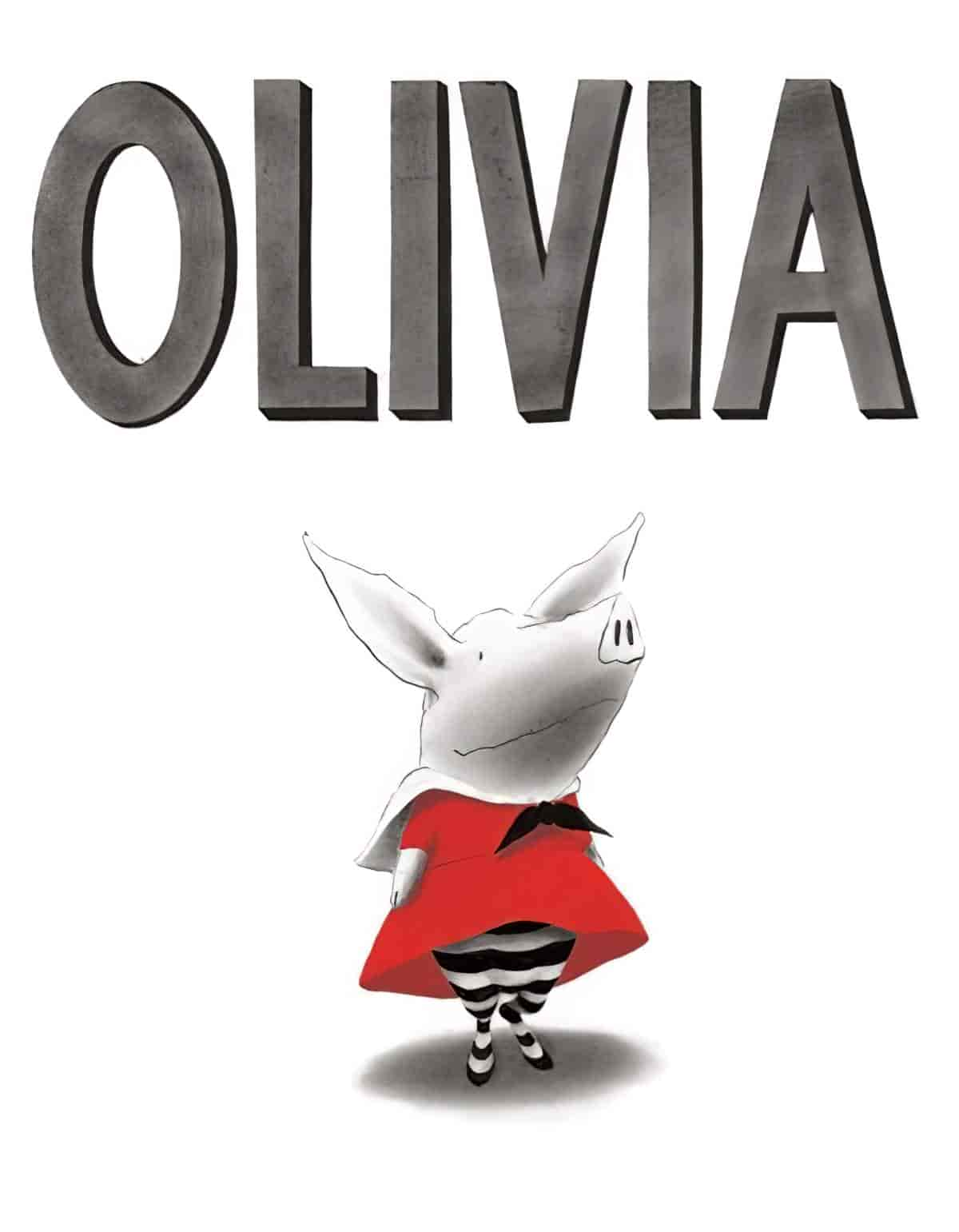
Olivia by Ian Falconer Analysis
Starting with the cover, here we have a static picture of Olivia the pig, our main character. In picture books, the very best illustrators are able to depict motion very well, but you often get a character in ‘pose’ position when they are first introduced, or when the reader is meant to be contemplating the…
-
Jims and Jameses in Children’s Literature
Once there was a bad little boy whose name was Jim—though, if you will notice, you will find that bad little boys are nearly always called James in your Sunday-school books. It was strange, but still it was true, that this one was called Jim. Mark Twain, as the opening of a parody of Sunday…
-
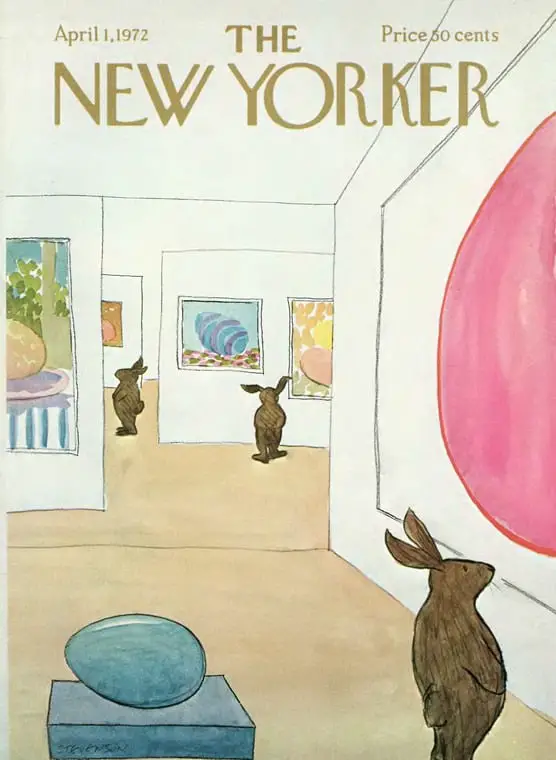
Ways Of Seeing On YouTube
EPISODE ONE, PART ONE John Berger tells us that late 20th century audiences view classic paintings very differently from earlier people. A large part of seeing depends on habit and convention. European paintings are made for European perspectives. Perspective depends on the eye of the beholder, like an inverse lighthouse. Instead of light beaming in,…
-
Shadow and Light Source In Picture Books Analysis
In picture books as in all illustration, the artist can use light source and shadow to create atmosphere, or even to add to the story. Complement this with my post on creating aerial perspective. OVERLAPPING SHADOWS Overlapping shadows tend to suggest the power of the objects that cast them over the objects they overlap. Perry…
-
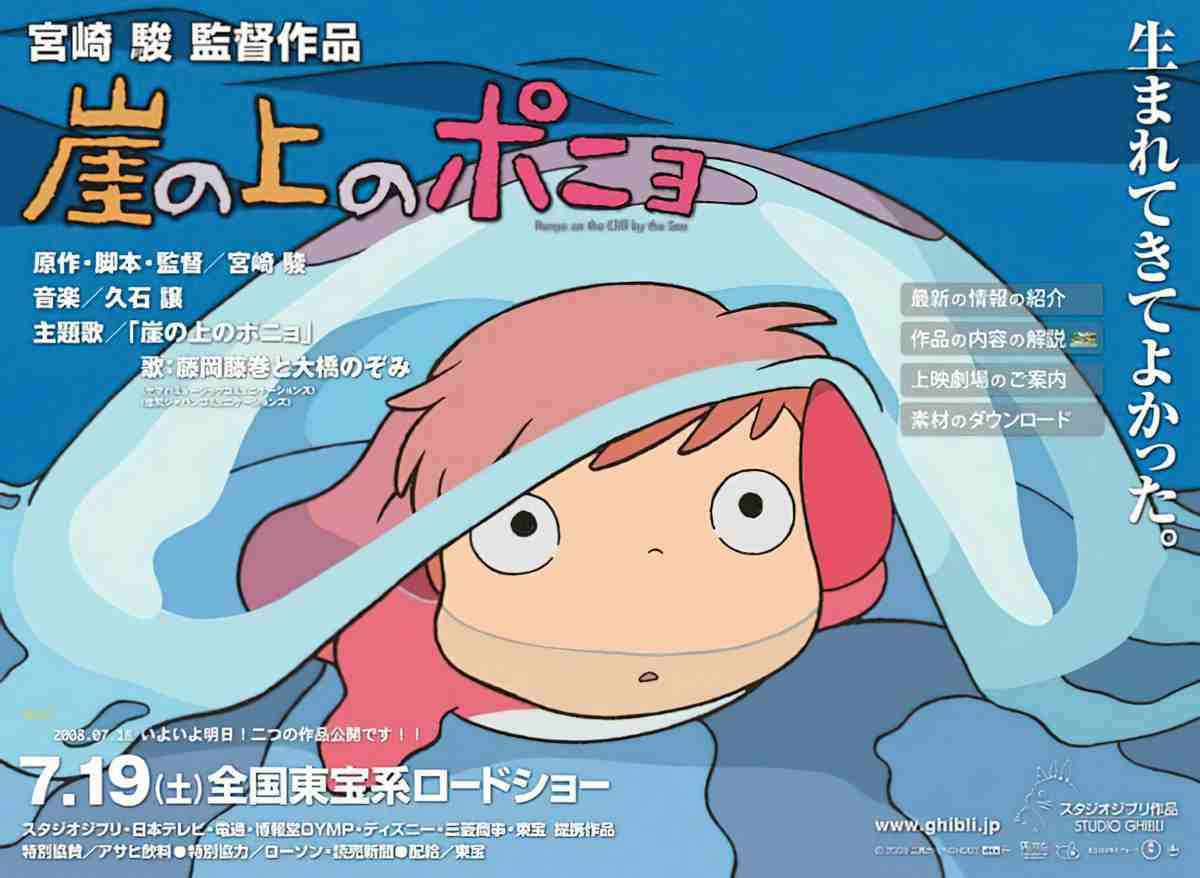
Ponyo by Miyazaki Symbolism and Structure
Hayao Miyazaki’s Ponyo is a feature-length anime which makes heavy use of myth and symbolism but is aimed squarely at a young child audience.
-
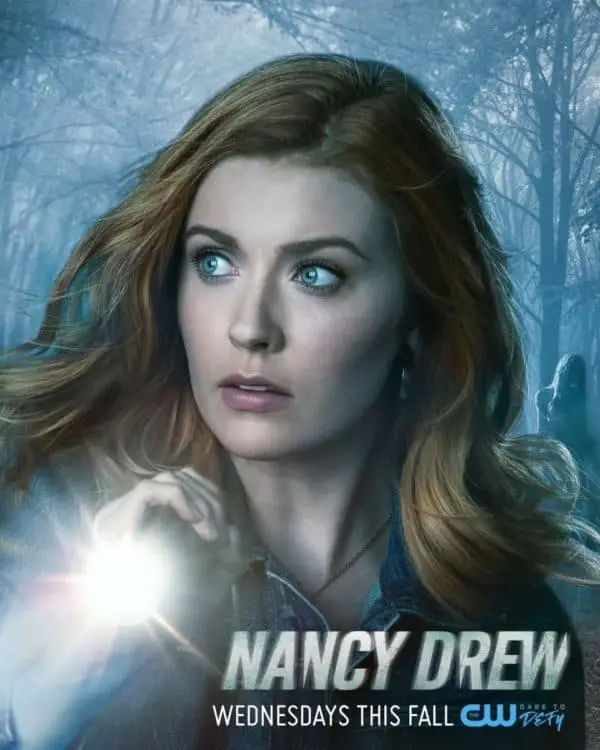
Female Beauty In Young Adult Literature
There is a rule in literature that good women are good looking. Though many have tried, it’s actually really hard to subvert this ideology. Many have tried and failed, because the tropes associated with beauty are so damn appealing.
-
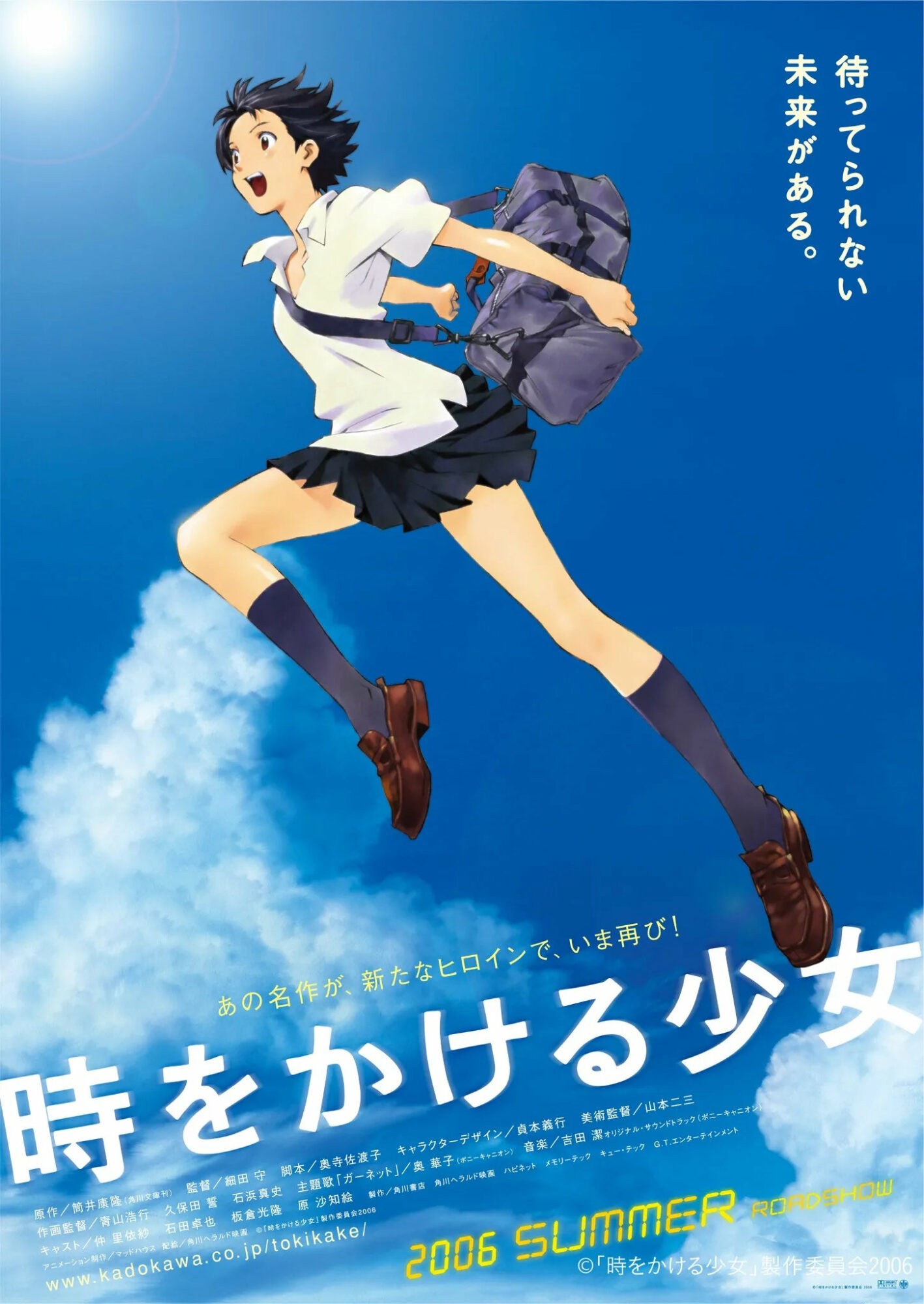
The Girl Who Leapt Through Time
Time travel! Romance! Japan! If you love the films out of Studio Ghibli you’ll love The Girl Who Leapt Through Time, too. ARC PHRASE An arc word/phrase is also known as a ‘leitwort’, which literally means ‘lead word’. In order to be an arc phrase and not just a catch phrase the phrase must help…
-
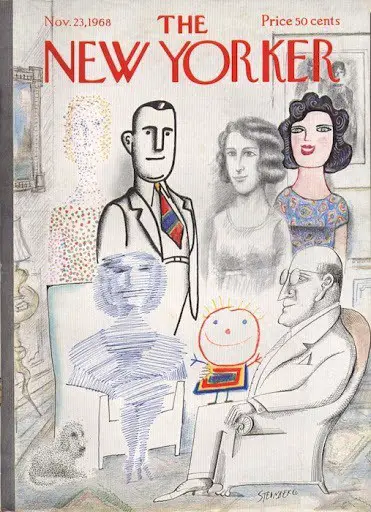
Generic, Naturalistic and Minimalist Character Illustration
Do you remember being a child and instantly drawn to anything brightly coloured and cartoonish? You learned very early that if something was done in that style, it was made for you. You may also have come across media done in that style which was not for you — perhaps your mum or dad prized…
-
The Hunger Games
It’s safe to say this post contains spoilers about The Hunger Games. Plenty has been said about The Hunger Games and I doubt I can add another single thing, but I have been collecting links on this for ages as they raced through my feed, refusing to read them until I’d seen the movie and…
-
Gross-out Children’s Books
What Are Gross-out Books? Gross-out books are frequently classed as ‘trash‘ and rarely win the big awards, perhaps partly because they sell so well. Gross-out books fall into the category of ‘carnivalesque‘. In academic terms, these gross-out books might be called ‘carnivalesque-grotesque’. Carnivalesque-grotesque narratives directly address the personal and sociocultural anxieties induced by knowledge of…
-
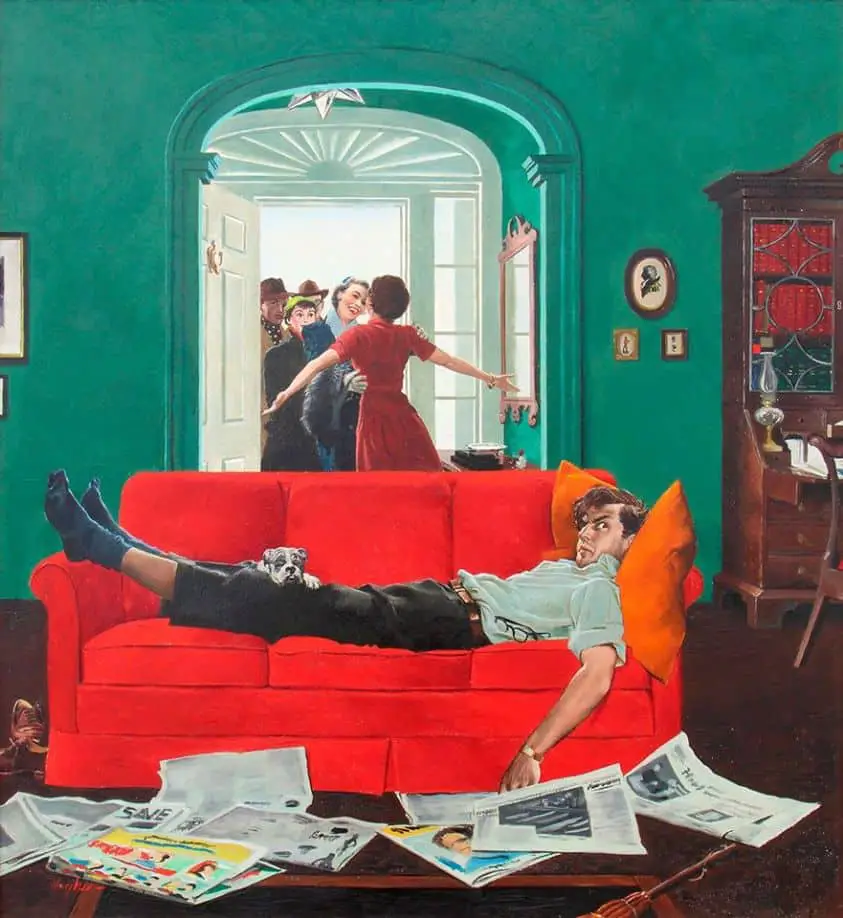
Men Reading Newspapers In Children’s Fiction
Boys studying for GCSEs were more likely than girls to read print products such as comics, with 38% saying they read newspapers at least once a month compared with 30% of girls of the same age. The Guardian In illustrations, men typically read newspapers. Women either read magazines, or busy themselves serving breakfast. The following…
-

An Animal Gets Into Trouble And Out Again
Dogs (and wolves and foxes) are popular choices for protagonists in this sort of story, I suppose because dogs are inclined to get themselves into trouble. (Our own border collie is no exception.) But here we have a wide selection of animal spanning the categories of birds, insects and lesser-known mammals. This kind of story…
-
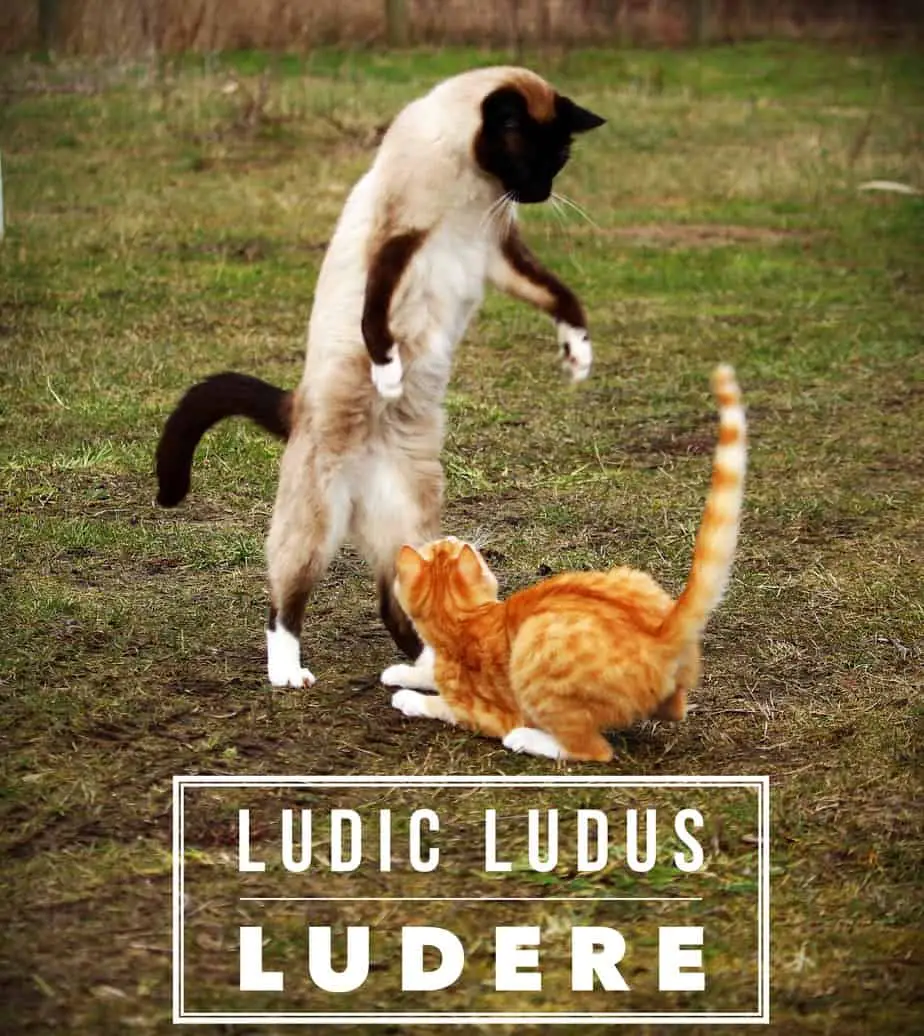
What Is ‘Ludic Reading’?
‘Ludic’ or ‘absorbed’ reading is a virtually trance-like state in which readers willingly become oblivious to the world around them. The term as used here comes from Hugh Crago and Victor Nell. This is by no means a universal phenomenon — some readers read like this, others can’t. I have always felt that the art…